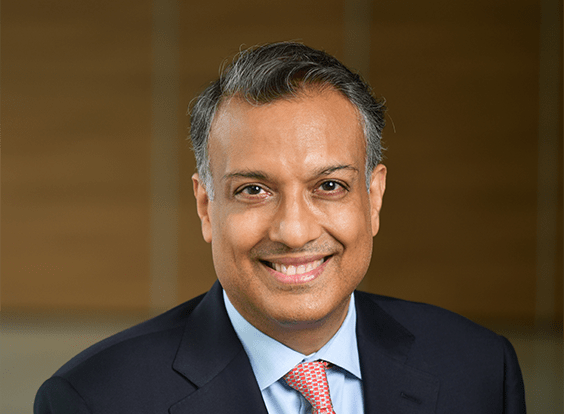It is nearly a decade since the world agreed to the Sustainable Development Goals (SDGs), that laid out a course for a more sustainable and equitable world by 2030. I had the privilege of contributing to the deliberations at the Global Stocktaking organised by the UN General Assembly.
The SDG 7, focussed on energy, seeks to ensure universal access to affordable, reliable and modern energy services; increase substantially the share of renewable energy in the global energy mix, and; double the global rate of improvement in energy efficiency.
We have come a long way - nearly 1.1 billion people had no access to electricity in 2014; by end of 2023, this number reduced by about 350 million people. The share of renewables in the final energy mix has gone up substantially, with total energy consumption up by about eight percent. While, we are yet to double our global rate of energy efficiency, we have made progress nevertheless.
Learn from successes of countries like India
Accelerating the progress is critical, with only seven years remaining to meet the targets. There are three areas that we should consider going forward in this pursuit.
There are numerous pockets of success that we need to learn from and replicate. One such example is India, a country with extraordinary success in providing electricity access and developing renewable energy capacity. Since 2015, India has connected 28 million households, impacting 120 million people, to the electricity grids—a third of the global total during the last decade. In this duration, the country has also added more than 150,000 MW of clean energy capacity. This success is not just about numbers; it's about the transformational impact on people's lives, opening doors to education, healthcare, and economic opportunities.
India's approach to clean energy has been one of steadfast political commitments, driven by Prime Minister Narendra Modi’s ambitious vision for the sector. Recognising early that clean energy transition is an economic opportunity, India’s robust policies have made renewable energy projects profitable without the need for subsidies or public finance support. This has been enabled by several factors, including building the world's largest electricity transmission grid, making it possible to provide clean energy from optimal sites to customers, wherever they are.
Mobilising finances is one of India’s biggest success stories. India saves a third of its GDP through its households primarily, who now put over half of it back in the financial system – a significant pivot away from savings in physical assets like gold and land. This liquidity infusion has strengthened the banking sector, enabling it to finance renewable energy projects.
Development of multiple supply hubs with integration across the value chain
The COVID-19 pandemic and geopolitical conflicts have made clear the need for diversifying supply chain with multiple and local sources. This localization focus has both positive and negative implications.
On the positive side, it has spurred climate action in major emitters, with initiatives like the Inflation Reduction Act (IRA), the EU Green Deal and India's Production Linked Incentives (PLI) scheme.
Increased trade barriers and protectionism are its negative consequences. We are witnessing blockages to exports of critical minerals and technologies. We are also seeing dumping of goods in international markets by dominant suppliers, notably within clean energy value chains of solar, batteries and electrolyzers.
Developing economies, most of whom are facing high debts, cannot afford the massive resource requirement for supply chain localisation. They are, thus, left with options to shift their supply chain dependency from one dominant country to another, instead of entering these supply chains.
We need to carve a middle path, where supply chain diversification happens, and we build multiple supply hubs having capabilities across the value chain. Many of these supply hubs should be in developing countries or across a cluster of them depending on their competitive advantages. Countries like India, Philippines, Vietnam are emerging as solar supply hubs, while others like Turkey are in the wind sector. But they need support and international collaboration to backward integrate, scale up and become cost competitive. Amongst other things, sharing of incentives and benefits, and united responses to unfair trade practices like “dumping” should be part of the strategy going forward.
Unified Carbon Markets
Thirty six carbon trading systems are currently in place, with over twenty under consideration. Fragmented carbon markets are hindering capital flows to more efficient carbon projects. A unified carbon market could increase investment in renewable projects, particularly in undercapitalized regions, by creating efficiencies and scale in capital allocation. This could be a game-changer for the global energy transition.
As we close the UN Decade of Sustainable Energy for All, it's crucial to acknowledge the progress made and the work that lies ahead. At ReNew, we're proud to be part of this journey, having set up over 10 Giga Watt capacity of clean energy. But we can't do it alone. It requires collective action, international collaboration, and a commitment to a clean energy future.



